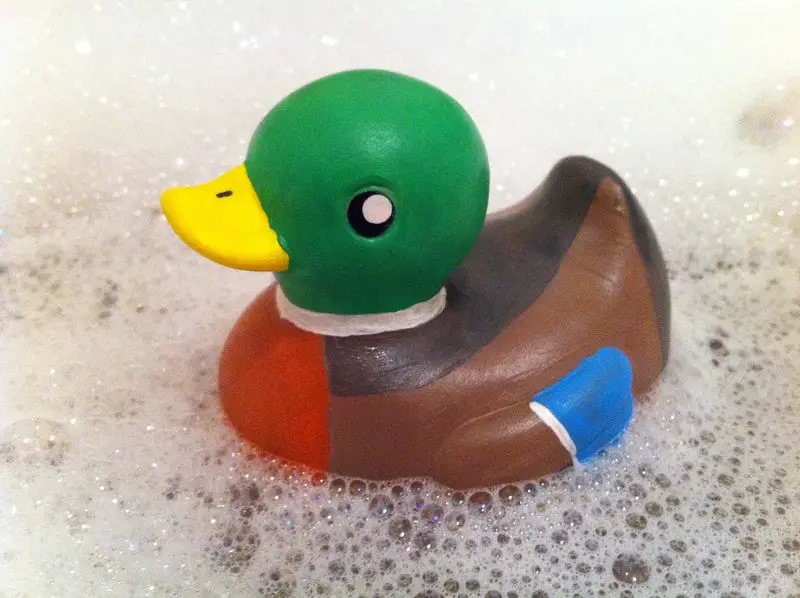Mod Podge is a great art tool that can be used for many things, such as glue, decoupage and sealing paint. Natural rubber offers great resistance to water and cold temperatures, however, over time it will harden and without added additives, it is not resilient to sunlight, high temperatures, or oxygen. This should be take int consideration when using rubber in crafts, especially when adding Mod Podge to it.
So, can you use Mod Podge on rubber? Yes, but you have to take some precautions before applying it. Mod Podge can be used to seal a variety of different materials, but some require more steps than others. You can apply Mod Podge on rubber to decoupage or as a glue, but to seal the rubber might be a bit more difficult since it may crack or peel depending not he type of rubber.
Generally, if you were going to use Mod Podge to decoupage or seal rubber, it would either need to be for an indoor project or you’d need to apply a topcoat using a specific liquid sealer designed for rubber. Typically these sealants are used on automobiles, but in some cases can be used for protecting outdoor crafts.
How to Seal Rubber With Mod Podge

The two main reasons you’d want to use Mod Podge on rubber are either for decoupage – the art of layering designs onto a surface, or to create a glossy finish. It won’t provide any waterproofing to your craft and on this particular material, it offers minimal durability. Nonetheless, the ideal thing about Mod Podge for these crafts is that the formula is water-based and therefore non-toxic.
Mod Podge is ideal for layering designs made from paper or fabric as it sticks well to these materials, however, it is not as strong as craft glue. With substances such as rubber, you would require multiple coatings to make it sturdy.
If Mod Podge is your choice of sealant for your rubber craft, then here is the best recommendation; only store it as an indoor project with minimal exposure to light or water, or apply a liquid sealant designed for rubber that is suitable to harsher conditions.

So, sealing rubber with Mod Podge more or less follows the same method as if you were sealing glass, fabric, or stones. Start by applying a thin layer of Mod Podge, and wait for it to harden before applying the second. With rubber, we’d also recommend applying a third coating.
Note – do not try to skip the third coat by making the layers thicker as this will result in the Mod Podge drying white. If your craft is going to be outside, purchase a liquid-based rubber sealant (either spray or brush form) and apply a fourth coat using this.
Can You Use Mod Podge on Silicone?
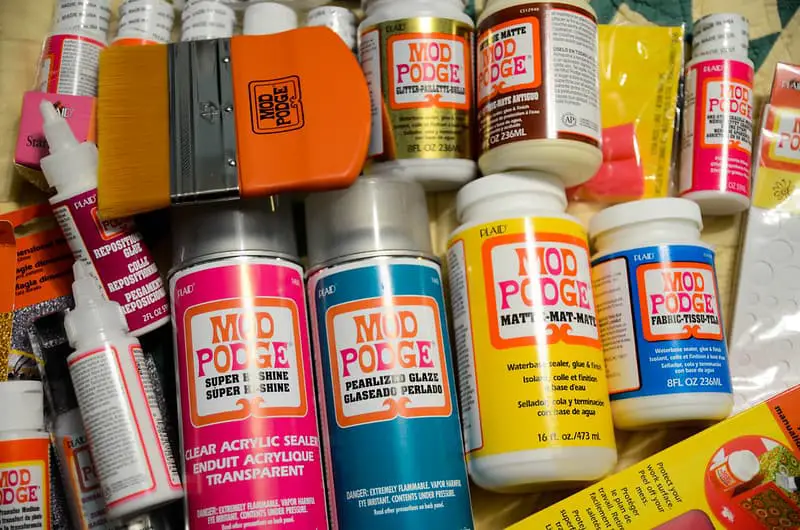
Mod Podge will struggle to stick to surfaces that are shiny or slippery, such as silicone. A common silicone craft is adhering designs onto phone cases, but unfortunately, in this case Mod Podge isn’t the ideal formula.
You’d be looking to use glue that is more permanent, like superglue or E6000. Make sure that when you apply this glue you use tweezers instead of your fingers, as it will most definitely stick to your skin.
However, there are a few different types of Mod Podge sprays and kits that can assist in your phone case design. The Mod Podge Silicone Mold Kit is perfect for making your own phone cases.

The Mod Podge Melter will help your melt accessories or other items you want to place on your phone case/design.

If you use the sprays, after each use, you can simply wash it with soap and water and it’s back to normal. Silicone is also highly heat resistant for, with protection for up 600 degrees Fahrenheit, so it won’t melt when incontact with hot glue.
What Materials Can You Use Modge Podge On?
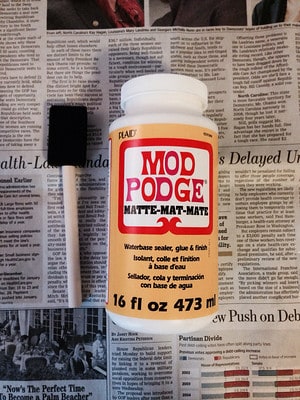
There is a long list of materials that Mod Podge can be used on. First, it can be used as a sealant for materials including glass, stone, ceramic, plastic, canvas, plaster, tin, wood, and vinyl. Secondly, it can be used as an adhesive for materials including leather, suede, foam, cotton, lace, paper, gems, stain fabrics, and paper mache.
In all, Mod Podge can be used on any surface that has a level of porousness about it. Just like glue, Mod Podge will not be able to stick to surfaces that are slippery, wet, or greasy.
Different types of materials are best suited to different types of Mod Podge. The variations of Mod Podge leave different finishes and change the overall look of your craft, but this also depends on personal preference. Some of the Mod Podge finishes include Pearl, Extreme Glitter, Glow-In-The-Dark, and Super Gloss Topcoat.
How Do You Remove Mod Podge From Rubber?
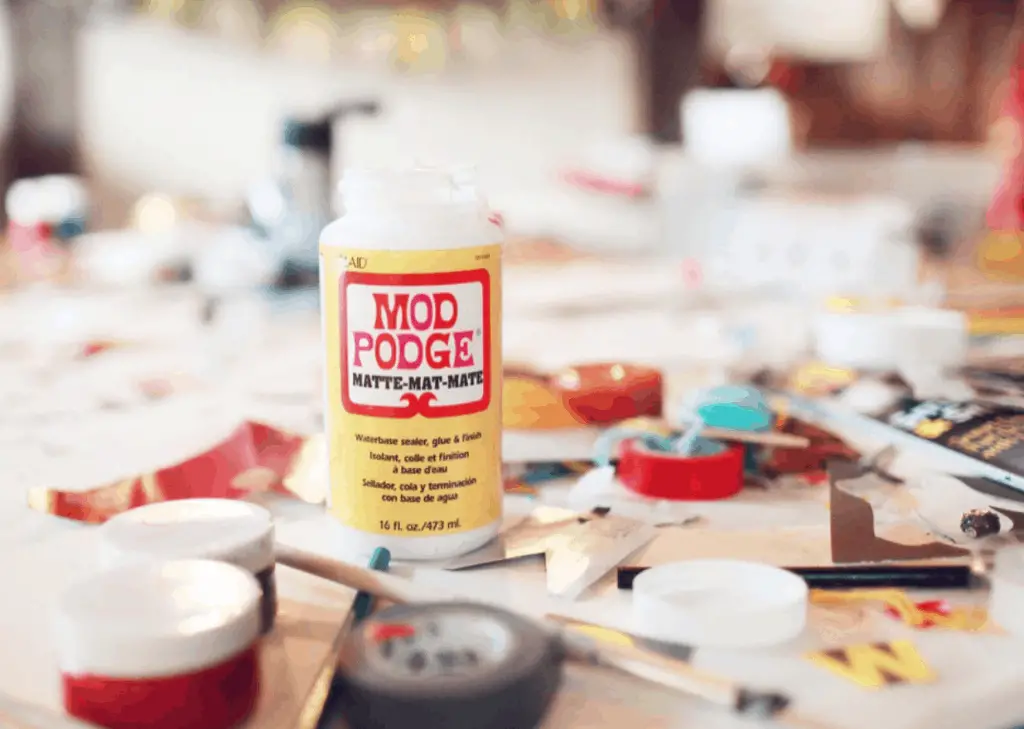
Mistakes happen even with the best of artists, and sometimes you want to erase something that you’ve done. Mod Podge can be removed, but depending on the fabric and the cure time, it varies in difficulty.
If you catch the mistake early whilst the Mod Podge is still wet, it should be a fairly easy solution. In this case, you can gently brush it off using hot water. However, if the curing process has begun and the sealant has dried, it becomes a much more tricky task. Nonetheless, there are a few methods you can try.
The first option is to use a paint scraper. This is time-consuming and elbow greasing, but should eventually show results. Afterward, rub it with soapy water using a toothbrush.
If this doesn’t work, you can either use Vaseline or hand sanitizer. For Vaseline, you should still start by picking as much off as possible first, and then work the petroleum jelly into the stain and rinse it off in hot water and dishwasher liquid.
For hand sanitiser, the ethanol will dissolve the Mod Podge as you scrub it in. Bear in mind that it will also dissolve paint, and none of these methods are guaranteed to not damage your craft.
How Do You Seal Acrylic Paint on Rubber?
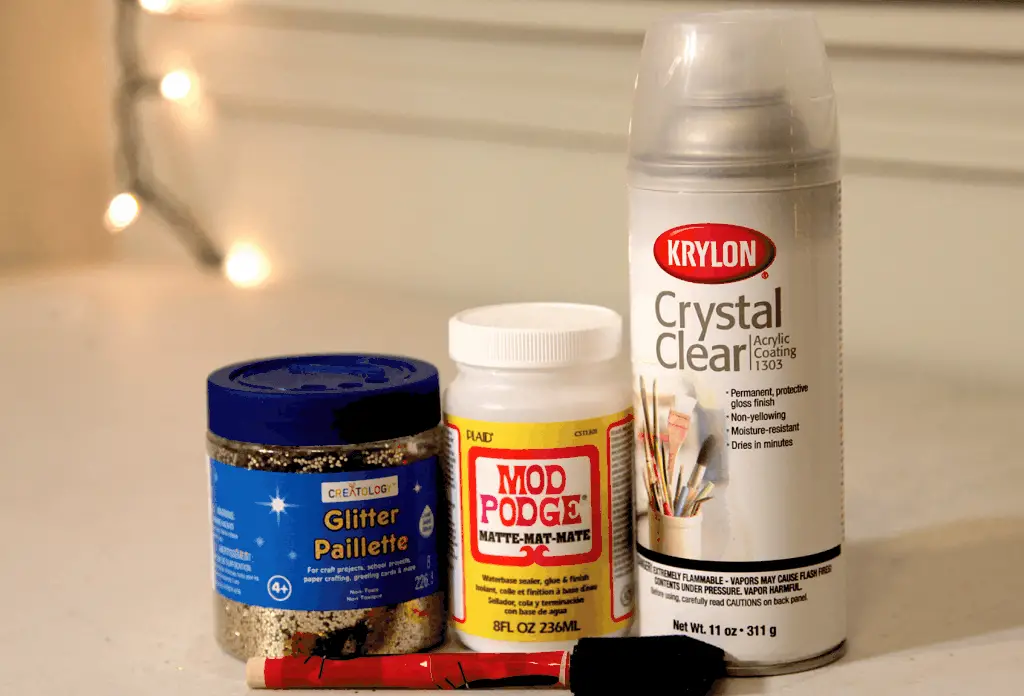
For items that are going to be kept indoors and not introduced to much wear and tear, two coats of acrylic paint with a top coat of Mod Podge or paint sealer should do the trick. Just make sure to let the paint dry between each coat, and then leave the Mod Podge to cure for at least 72 hours in a warm room afterward.

If you need your project to be a bit more sturdy, you can also mix the acrylic paint with latex or rubber cement. This will make it flexible but also help it chemically bond with the rubber. Make sure to check your material though, as this will only work on real rubber. Once again, you can then put on a top coat of Mod Podge to finish.
Final Thoughts
Although Mod Podge has a very diverse list of materials it can be used on, rubber is not typically on it. Nonetheless, that doesn’t mean it can’t be done. It really boils down to what the project is, and the materials you’re working with.
If you are going to use Mod Podge on a rubber craft, make sure to find a suitable sealer to prolong the lifespan, such as a liquid rubber sealant. With the right technique and formula, Mod Podge can still give great results on rubber surfaces.
Make sure to follow all my tips and recommended products to ensure your Mod Podge painted project turns out great! Also, don’t forget to check out my other articles for all your painting Q&A’s. Happy painting!

